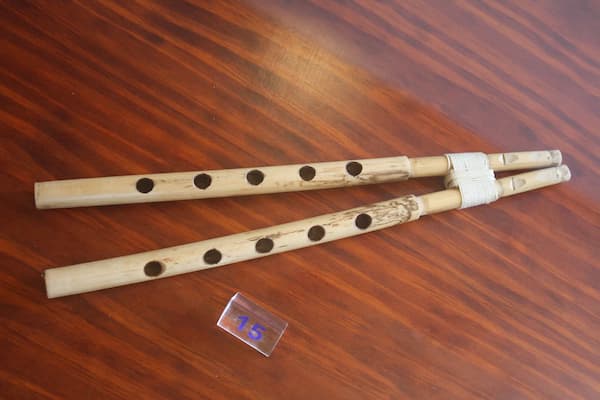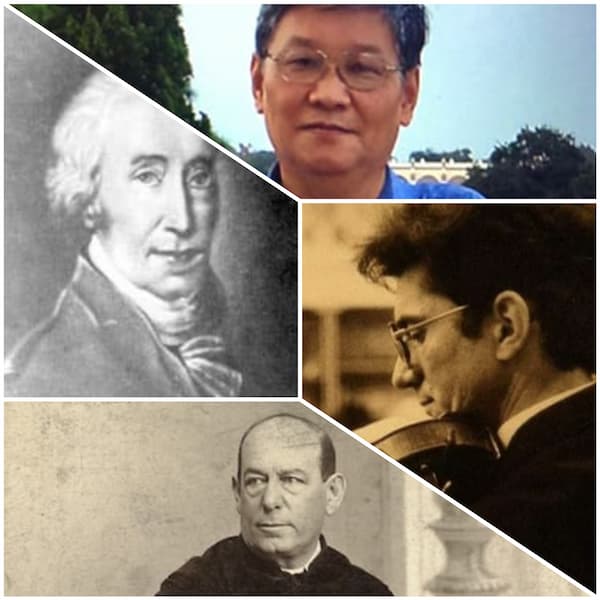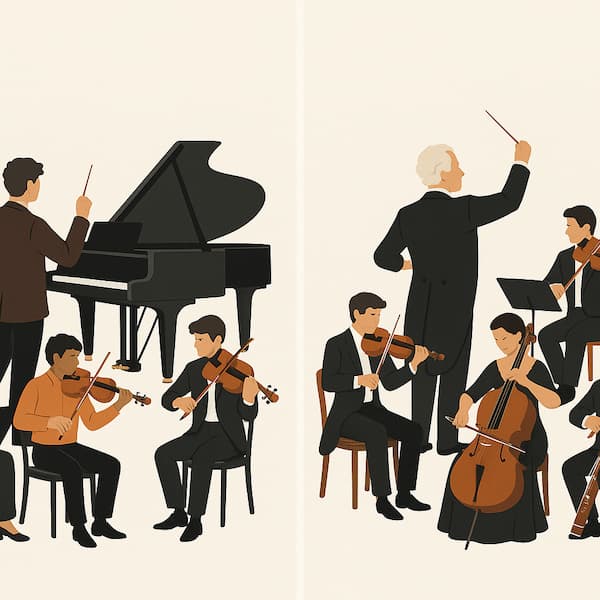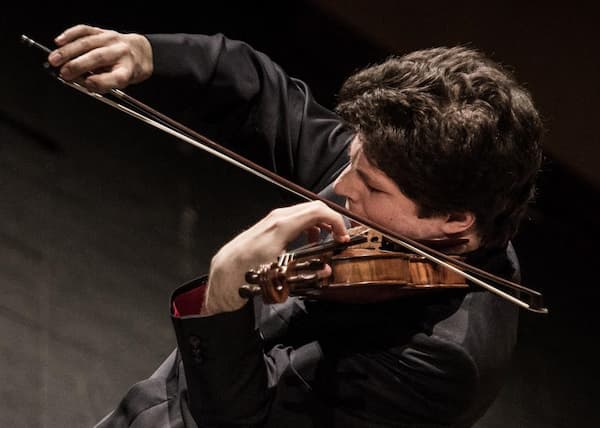In the 19th century, a time of the travelling virtuoso, to find a virtuoso who wanted to stay home and have a solid playing position was rare, but that was the case with cello virtuoso Georg Goltermann (1824–1898).
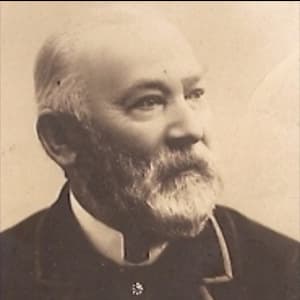
Georg Goltermann
Goltermann was born in Hannover, coming from a musical family; his father was an organist and teacher. Goltermann first studied with August Christian Prell, who had been a student of the leading cello virtuoso of the early 19th century, Bernhard Romberg.
In 1847, when he was 23, Goltermann moved to Munich to study with Joseph Menter on the cello and Ignaz Lachner on composition. He quickly started his career as a virtuoso cellist and his first music appeared in print in 1848. These were mainly songs but also salon music for cello and piano. In 1851, his first symphony was given its premiere in Leipzig.
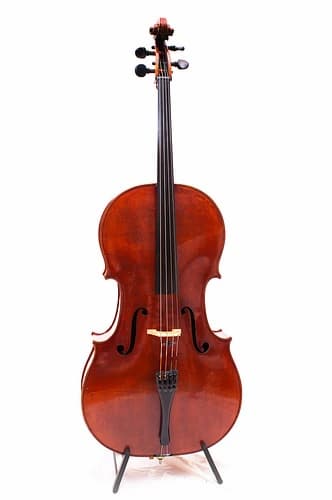
Cello
In fall 1852, he was appointed first cellist (and occasional conductor) at the Würzburg theatre. He only held this position for a few months before moving to Frankfurt, where he played at the city theatre. He never left the theatre. In 1853 he arrived as second Kapellmeister (deputy music director), in 1875, he was appointed first Kapellmeister, succeeding his teacher Ignaz Lachner. He retired in 1893 and died 5 years later, after 40 years of employment at the theatre.
One of the products of his time in Munich was his Cello Concerto No. 1 in A minor, Op. 14. The concerto appeared in print in 1852 but had probably been written in the late 1840s. It was in the repertoire of many cellists through the end of the 19th century and then fell out of popularity.
It’s in the first movement, after the slow introduction that we hear what made Goltermann so popular in his time: a catchy melody for the first theme (01:42). The contrasting second theme brings a lyrical theme to the fore. The final tutti of the work becomes the preparation for the second movement.
Georg Eduard Goltermann: Cello Concerto No. 1 in A Minor, Op. 14 – I. Allegro moderato (Jamal Aliyev, cello; ORF Vienna Radio Symphony Orchestra; Howard Griffiths, cond.)
The second movement focuses on beautiful melody and not virtuoso passagework. Goltermann’s ability to make the cello sing comes to the fore in this movement.
Georg Eduard Goltermann: Cello Concerto No. 1 in A Minor, Op. 14 – II. Cantilena: Andante (Jamal Aliyev, cello; ORF Vienna Radio Symphony Orchestra; Howard Griffiths, cond.)
The second movement flows directly into the final movement shifts between A major and the home key of A minor. The main theme is in the solo cello and, again, there’s a more lyrical second theme.
Georg Eduard Goltermann: Cello Concerto No. 1 in A Minor, Op. 14 – III. Allegro moderato (Jamal Aliyev, cello; ORF Vienna Radio Symphony Orchestra; Howard Griffiths, cond.)
Goltermann’s Cello Concerto No. 1 is an excellent example of something simple and solid, with good melodies, that lost its audience with the turn of the 20th century. It requires a virtuoso touch but doesn’t have the virtuoso fireworks that were becoming more common in works with virtuoso soloists. Fireworks were common in violin and piano music and had been so for most of the 19th century, but the new solo instruments, such as the cello and the flute, were still working up to that level.
For more of the best in classical music, sign up for our E-Newsletter

